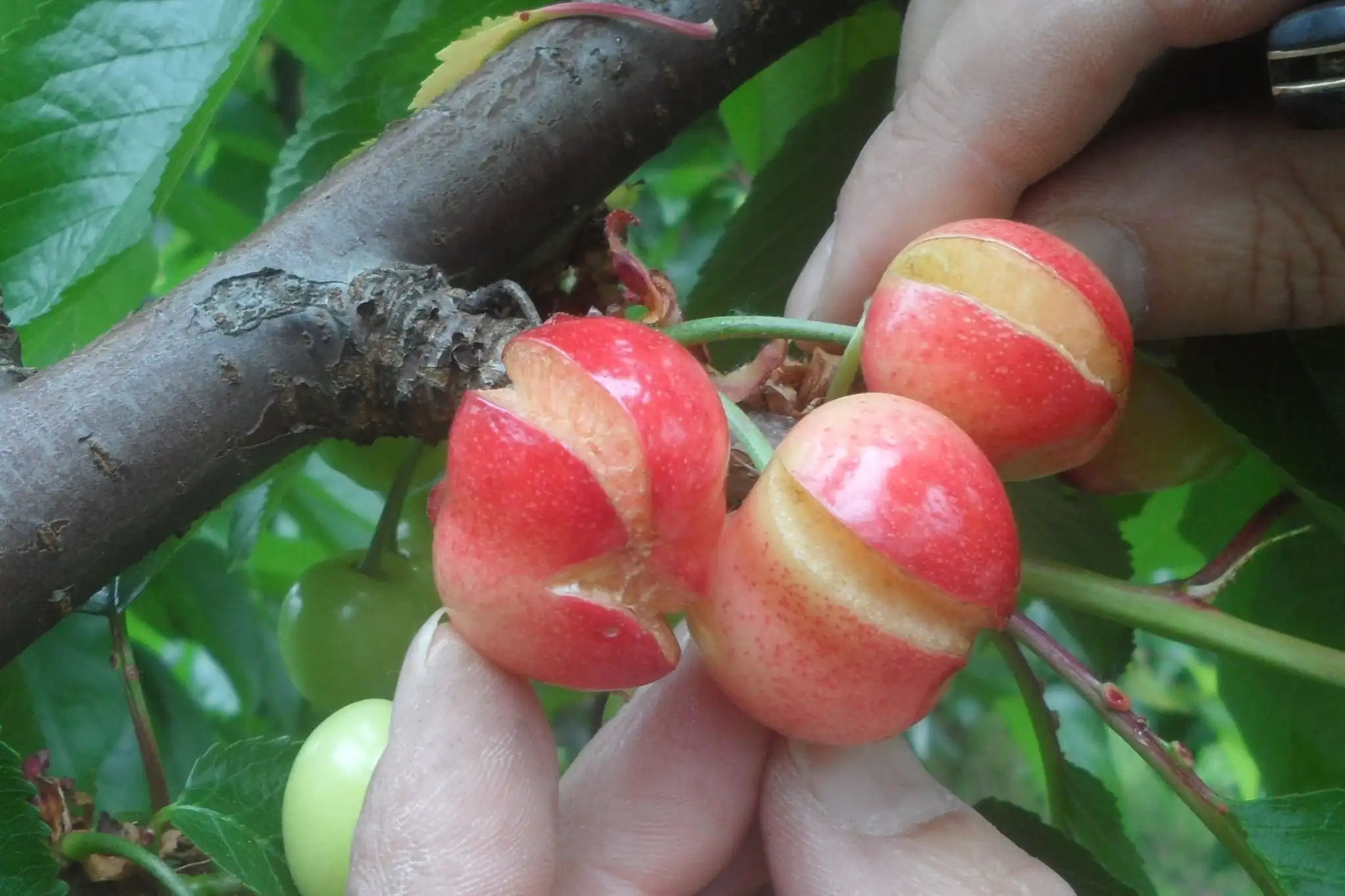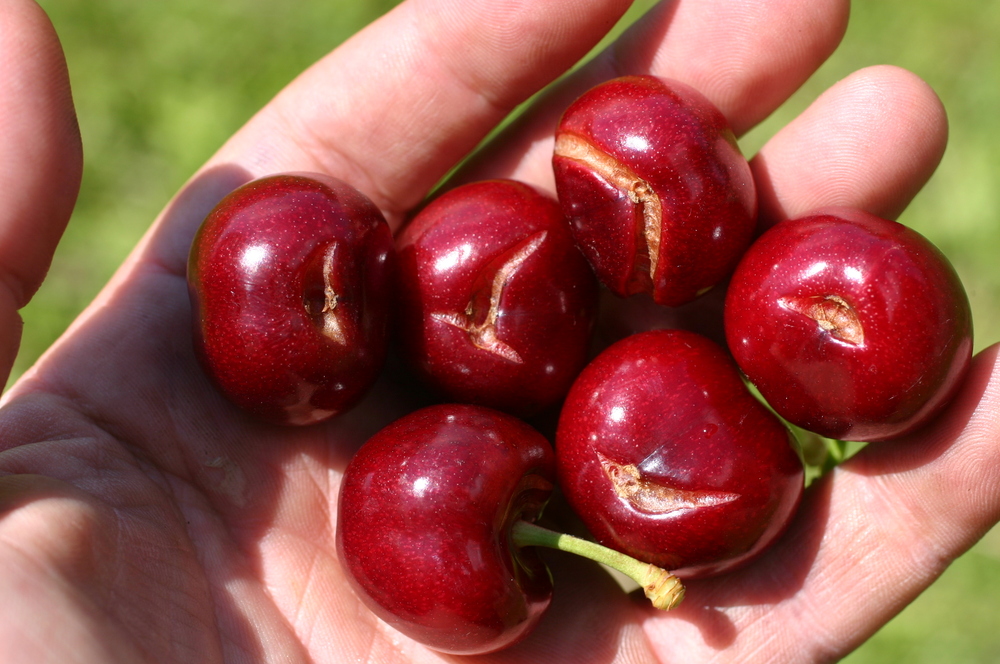The constant varietal innovation and the guarantee of high-quality plants make it a reference point for those looking to invest in a modern, sustainable, and market-oriented cherry cultivation.
And Battistini Vivai, with its many years of experience, continues to be a strategic partner for Italian and international agricultural entrepreneurs in this sector.
A strategic sector
Indeed, cherry cultivation is among the most strategic segments for the company, offering a wide range of rootstocks and cultivars capable of meeting producers’ needs in terms of productivity, resistance, and fruit quality.
Among these, three particularly interesting varieties stand out: Giant Red, Royal Helen, and Ferdouce*.
Giant Red: a benchmark variety
Also known as Prime Giant, the Giant Red is one of the varieties that has revolutionized cherry cultivation in the medium-early ripening period.
Its main characteristic is its large size, with fruits reaching 32-34 millimeters, accompanied by an intense dark red color and excellent post-harvest shelf life.
From an agronomic perspective, the tree has a spreading growth habit and excellent productivity, entering production quickly.
It has an intermediate and abundant flowering, but since it is a non-self-fertile variety, it requires suitable pollinators, including Frisco, Folfer, and Ferdouce*.
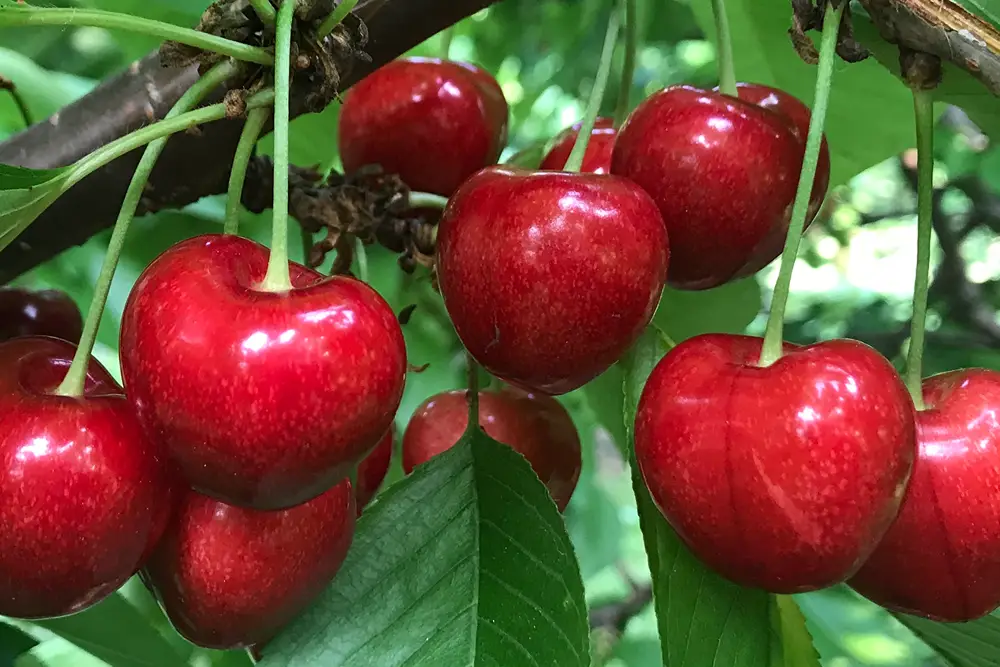 Giant Red (Vivai Battistini)
Giant Red (Vivai Battistini)
Ripening occurs approximately 4 days after Burlat, positioning it strategically within the harvest calendar to optimize market distribution.
Despite its moderate sensitivity to cracking, it is recommended to use protective covers to ensure maximum yield.
In addition to having an attractive appearance, the fruit stands out for its excellent firmness and a well-balanced sweet flavor, highly appreciated by the market.
Royal Helen: a next-generation cherry
The Royal Helen, part of the Royal family, is one of the most promising late-ripening varieties, offering a high-quality product in the final phase of the cherry season.
The tree has good vigor and a semi-upright growth habit, with rapid fruiting and excellent productivity.
This variety is self-fertile, reducing the need for external pollinators and ensuring greater production efficiency.
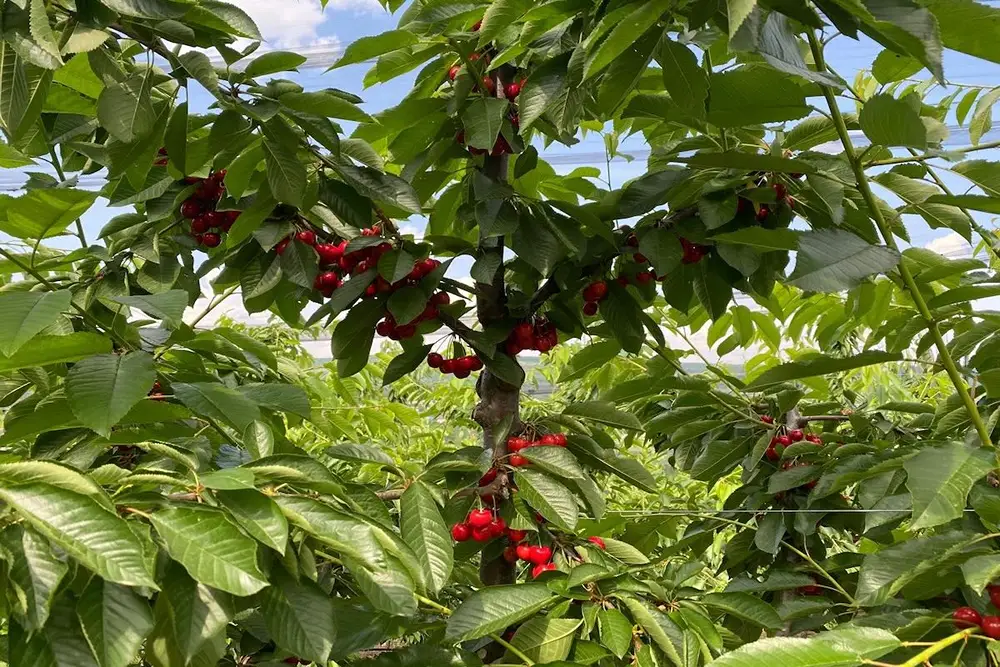 Royal Helen (Battistini Vivai)
Royal Helen (Battistini Vivai)
It has a mid-to-late flowering period, while ripening occurs approximately 25 days after Burlat, strategically positioned before Sweet Heart®.
The fruits are round, deep red, large in size, with a long shelf life and good resistance to handling, making it an ideal variety for export.
The flavor is very good and aromatic, with a texture that ensures an excellent taste experience for consumers.
Ferdouce*: productivity and balance
The variety Ferdouce*, developed by Cep Innovation, falls among the mid-season cherries, with a ripening period approximately 12 days after Burlat.
It requires pollinators such as Folfer and stands out for its high productivity and early fruiting.
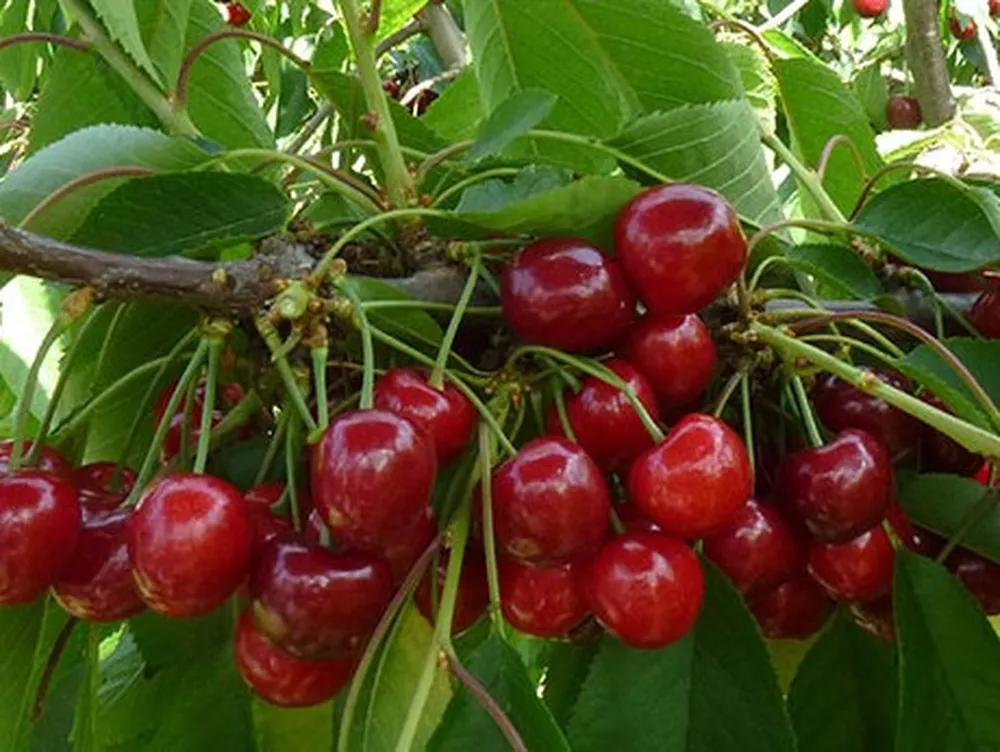 Ferdouce (CTIFL)
Ferdouce (CTIFL)
From a vegetative standpoint, the tree has strong vigor and a spreading growth habit, ensuring excellent efficiency in agronomic management.
The fruits are characterized by a dominant size of 30 millimeters, an intense red skin, a crunchy and sweet pulp, and a short peduncle that facilitates harvesting and handling.
It has very high productivity and moderate sensitivity to cracking, making it an interesting variety for modern cultivation strategies.
An opportunity for cherry growers
These three varieties represent excellent solutions for cherry growers looking to focus on highly profitable productions.
Thanks to their different ripening periods, they allow for an extended harvest window, improving production distribution in the market and optimizing orchard profitability.
Source: Agronotizie
Cherry Times - All rights reserved








